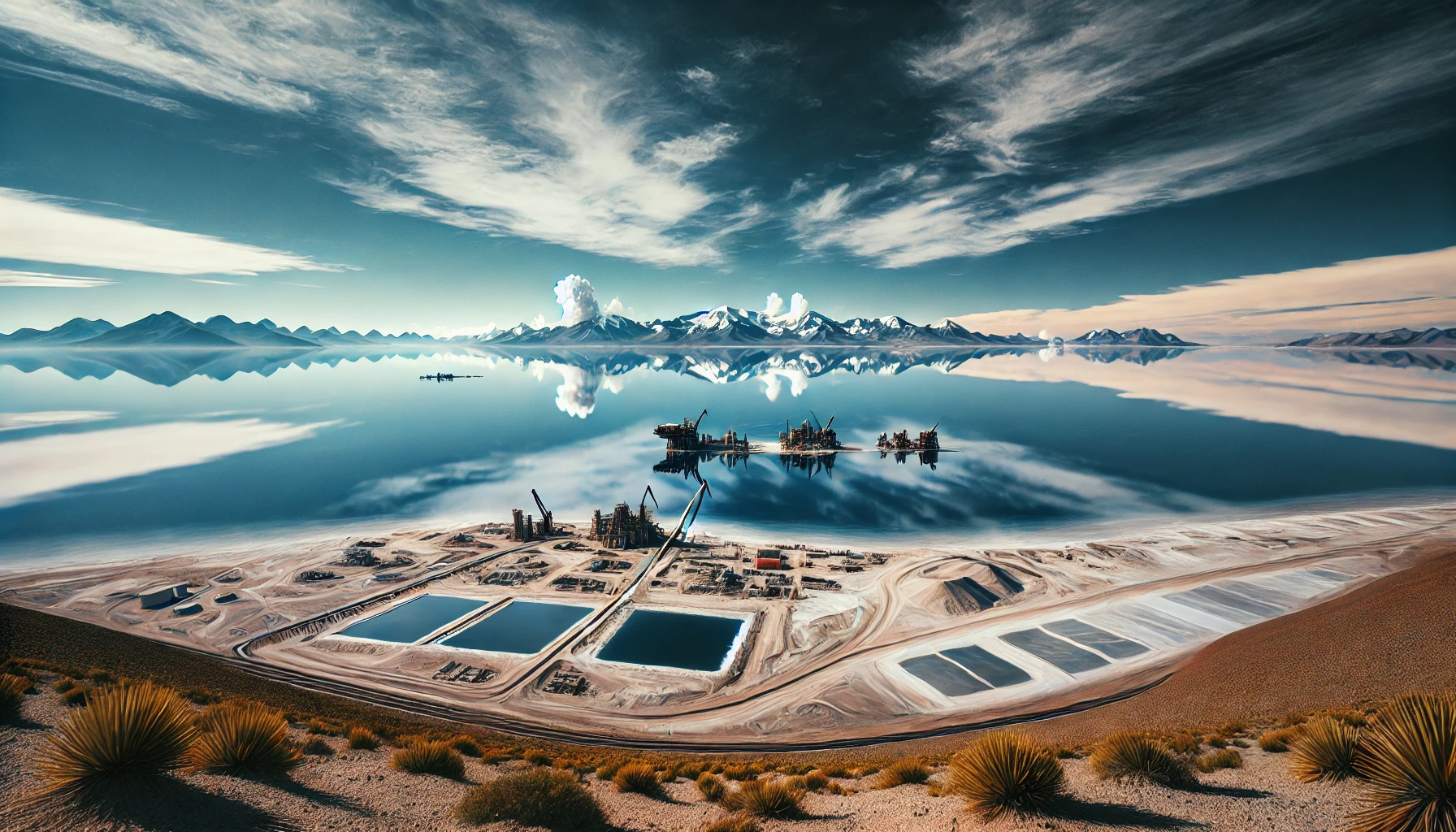The Salar de Uyuni, a breathtaking salt pan in Bolivia, is not only a tourist magnet but also home to the world’s largest lithium reserve. This lithium could revolutionize renewable energy, but mining it poses significant ecological risks. A Duke University study reveals that lithium extraction could increase arsenic levels, threatening wildlife and groundwater.
The Lithium Goldmine
Spanning 2.5 million acres, the Salar de Uyuni holds vast lithium reserves beneath its surface. Lithium is crucial for rechargeable batteries, powering everything from smartphones to electric vehicles. However, extracting it involves pumping brine into evaporation ponds, which concentrates lithium but also increases toxic elements like arsenic.
Environmental Risks
The study found arsenic levels in evaporation ponds soared to 50 parts per million—1,400 times higher than U.S. ecological safety standards. This poses a threat to local wildlife, including flamingos that feed on arsenic-sensitive brine shrimp. Additionally, land subsidence and groundwater depletion are long-term risks.

